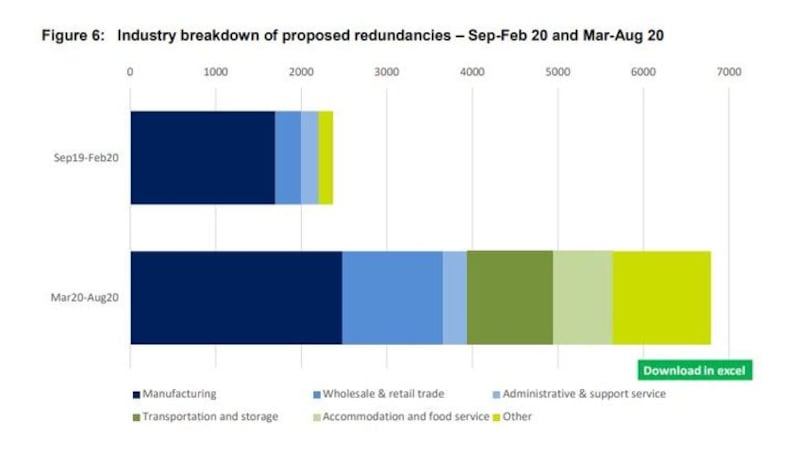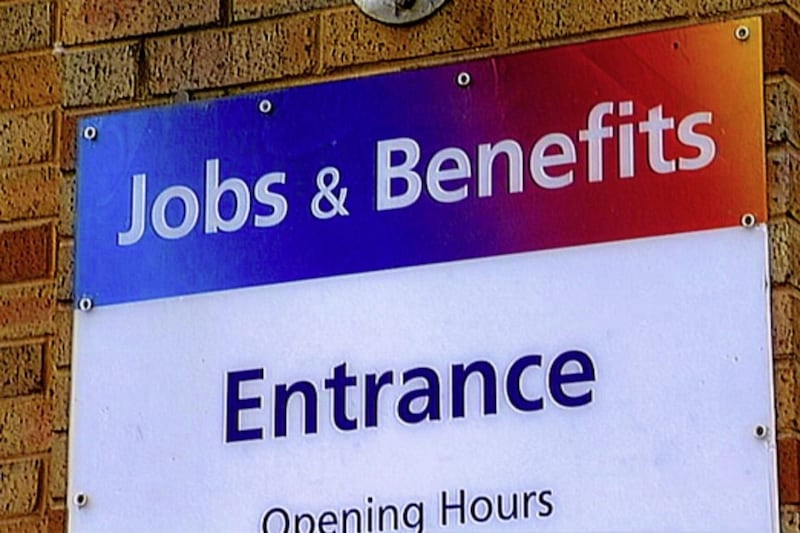THE number of redundancies across Northern Ireland picked up pace in the first two weeks of September as companies responded to the closing phase of the Coronavirus Job Retention Scheme, the latest official employment data suggests
August’s labour market report showed companies proposed 700 redundancies last month, but another 880 redundancies were proposed in the first two weeks of September.
Firms are required by law to notify the Department for the Economy at least 30 days before cutting more the 20 jobs. The notification period for 100 or more redundancies is 90 days.
It means the data omits firms which cut fewer than 20 jobs during the period.
The UK Government’s Coronavirus Job Retention Scheme is due to come to an end at the end of October.
The department was notified of 820 confirmed redundancies in August, the second highest monthly total in the past five years.
The majority arose from redundancies notified between March and June.
The number of redundancies proposed between September 1 2019 and August 31 2020 has now reached 9,160, the highest figure since records began.
NISRA said 6,800 were proposed in the six months since March.

Not all proposed redundancies result in job losses. The number of confirmed redundancies over the same period was 3,880. The figure was double previous 12 months and highest since 2008-09. Some 50% of job losses were in manufacturing.
The report produced by the Northern Ireland Statistics and Research Agency (NISRA) showed another 800 people were added to the claimant count as of August 13, taking it to 62,700, an increase of 33,000 since March 2020 - equivalent to 6.8 per cent of the NI workforce.
It includes people on Jobseeker’s Allowance and Universal Credit, claiming mainly for the reason of being unemployed.
The claimant count has provided a more up to date reflection on Covid-19’s impact on the labour force in recent months, with the north’s official quarterly unemployment rate lagging behind.
The unemployment rate is now slowing catching up, increasing by 0.6 percentage points to 2.9 per cent over May to July.








